A hike through Tasmania’s Middle Earth at Corinna Tasmania is an enchanting forest escape. The forest whispers calming thoughts as I hike into a lush sun-drenched landscape of eucalypts, stringy barks, lichens and ferns. Possums, tawny frogmouths, wallabies and Tasmanian devils rustle in the bushes. Tasmanian wedge-tailed eagles soar in the sky above.
If you’re a lover of pristine wilderness areas, one of the places to visit in Tasmania is Corinna.
Corinna Tasmania – Whyte River Walk
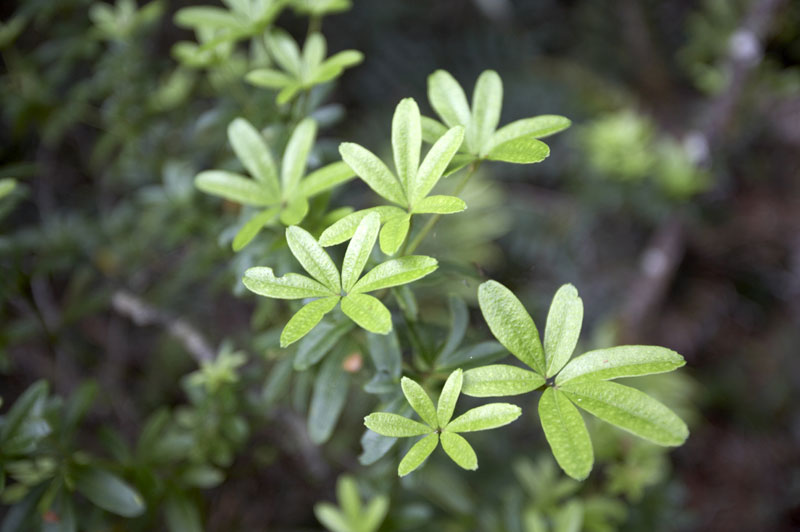
Tasmania’s Tarkine is Australia’s version of Middle Earth, a vast and unspoilt World Heritage-listed wilderness that occupies 447,000 hectares of Tasmania’s North West.
It has Australia’s largest temperate rainforest and is home to rare trees and an assortment of Tasmanian wildlife.
I am only seeing a small section of it on the 90-minute Whyte River walk from Corinna, a wilderness base on the Pieman River.
In some sections the path winds towards the Whyte River disappearing into a tangle of trees, ferns and bushes.
In other sections, timber boardwalks offer an easy way across muddy ground.
The Whyte River flows into the Pieman River where slender tree-ferns grow on its north bank, some as tall as six metres.
The river banks are also fertile grounds for the huon pine, highly sought-after for its long-lasting timber.
A fisherman stands silently at the water’s edge, eyeing a few trout splashing in the middle of the river.
Two kayaks glide by, paddles scooping the water rhythmically.
I stop at the site of the Whyte River gold mine, where interpretive boards tell the story of Corinna’s colourful past.
Corinna Tasmania – The history
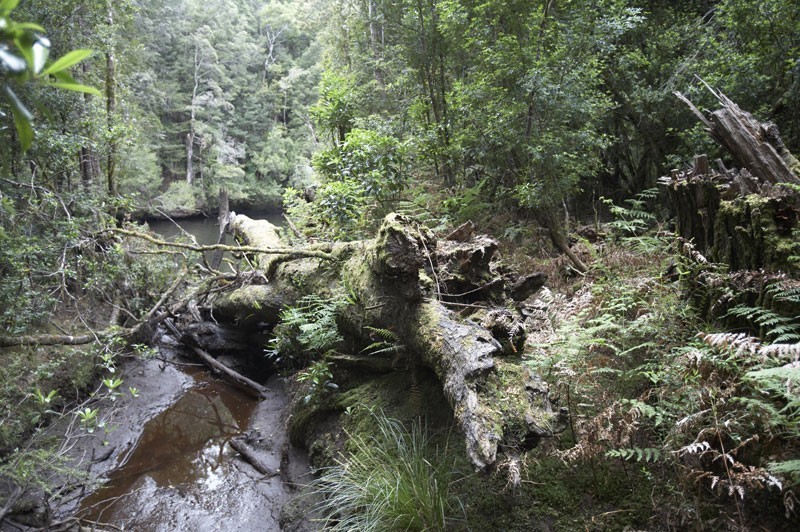
In 1883 Tasmania’s largest gold nugget (weighing 7.5kg) was found a few kilometres upstream from Corinna.
By 1893 sailing ships and steamers were bringing eager prospectors and suppliers to the town.
The toughest town in the west had two hotels, a post office, shops, slaughter yards, homes and a population of around 2500.
Corinna is a completely different place today. The vibrant gold-mining centre has vanished and in its place is an isolated wilderness getaway.
The isolation is a real bonus. It restricts the number of people who visit.
Corinna Wilderness Retreats
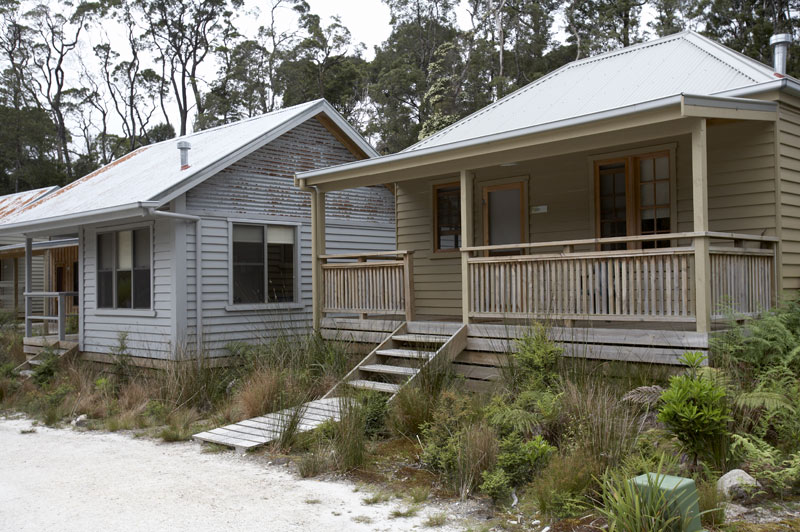
Businessman Max Ullrich found Corinna in 2005 while searching for a holiday home in the bush.
He immediately saw the opportunity to have both a holiday house and a business.
With the backing of three other partners, including former Tourism Australia managing director Ken Boundy, Ullrich secured a 50-year lease on Corinna.
In late 2008, the group restored four miners’ cottages and a guest house, and built 14 wilderness retreats.
“We’ve been very careful not to spoil the area as our aim is to keep it small,” Ullrich says.
The Corinna wilderness retreats have a rustic appeal with modern comforts such as queen-sized beds, toilets with hot showers, gas fridges, kitchens and gas heating.
Corinna Historic Pub
A historic pub from the gold-mining days has been converted into a guest house where occupants of single and double rooms share kitchen and bathroom facilities. And there are a few camp sites as well as room for caravans and motor homes.
Young Tassie devils are often spotted hanging around the former mining town’s produce store, which is now a communal barbecue area.
The central meeting place is the newly constructed Tarkine Hotel which was designed to resemble a traditional Australian homestead.
Inside is a bar, a small store and the Tannin restaurant.
The restaurant’s modern pub grub is prepared with produce sourced from the local area: eggs from Waratah, red meat from Sharman’s in Wivenhoe, poultry from Sassafras, fruit and vegetables from the Derwent Valley.
Preserving the environment
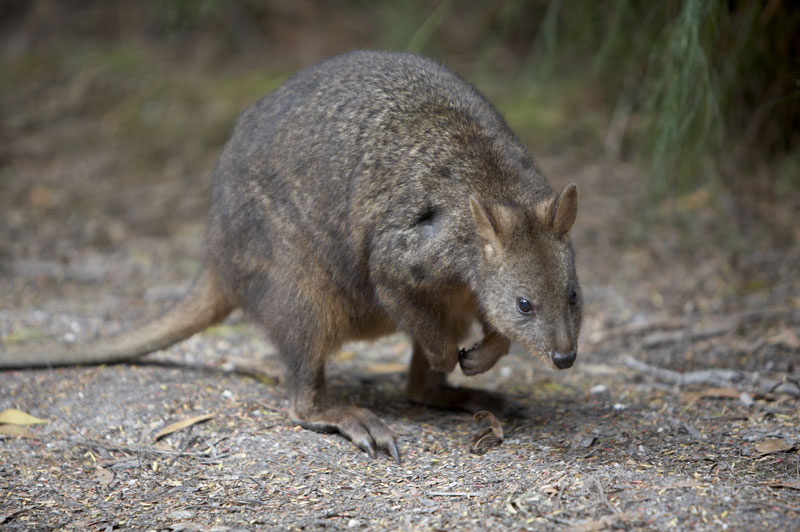
Preserving Corinna’s natural heritage and pristine environment is a priority. To this end, the resort is operated in an ecologically ethical way.
70% of energy is from solar panels and there are plans to increase the capacity for solar energy.
Guests are encouraged to turn off lights and refrain from using electric equipment such as frying pans, kettles or hairdryers. Solar hot water is used for the communal toilets and hotel.
Waste is driven to Zeehan, 47 kilometres away, and there is a chemical-free sewage treatment system. Mobile phone and television coverage is nonexistent.
Another environmentally friendly strategy in place is the sale of re-usable bottles to guests who are encouraged to drink rainwater provided from the tanks attached to each cottage.
Profits from bottle sales go to the Tarkine National Coalition, a not-for-profit environmental group working to save the Tarkine.
A not-for-profit organisation that aims to reduce bottled water sales, the Bottled Water Alliance, has put Corinna up as an environmental case study on a successful implementation of a re-usable bottle strategy.
In line with this strategy, beer and spirits are only sold in recyclable aluminium cans which take up less bin space than bottles.
Corinna Tasmania – Walks
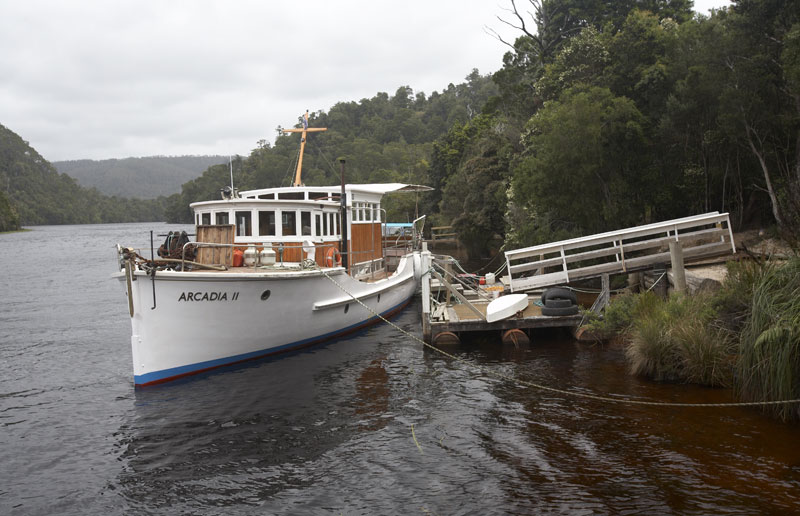
1- Houn Pine Walk – Parks and Wildlife Tasmania provide walking tracks and interpretation billboards on the area’s history, flora and fauna along the Huon Pine Walk.
2- Whyte River Walk – 90 minutes through the lush rainforest.
3- Longback Walk – An easy 30-minute walk with stunning Tarkine views.
4- Philosopher’s Falls Walk – A 2-hour walk along the Arthur River to the waterfall discovered by silver prospector Philosopher Smith.
5- Mt Donaldson Walk – A 4-hour return trip that includes a hike up Mt Donaldson for stunning panoramic views.
Besides bushwalking, a classic way of experiencing the wilderness is on the Pieman River, either on board Arcadia II, a historic boat built in 1939 from huon pine, or by kayak.
Kayak routes range from two-hour return trips along the Whyte River to six-hour one-way paddles to the Southern Ocean.
Although it was built as a luxury cruiser, Arcadia II has a colourful past; first as a naval examination vessel, then as a warship in New Guinea and the Philippines.
At the right time of year, look up in the sky and you might see the Southern Lights.
As dusk descends, my cottage is surrounded by wild pademelons grazing on tufts of grass.
A joey sticks its head out of its mother’s pouch and stares at me with big innocent eyes.
I stare back at it in awe of the incredible power of nature.
Where is Corinna?
Corinna is at the southern end of the Tarkine Rainforest. It’s accessible from both north and south travelling on some unsealed roads. A 4WD is not required. From the south, the Fatman barge crosses the Pieman River. Hours are 9am to 7pm (summer), 9am to 5pm (outside daylight saving). It costs $20 (cash only).
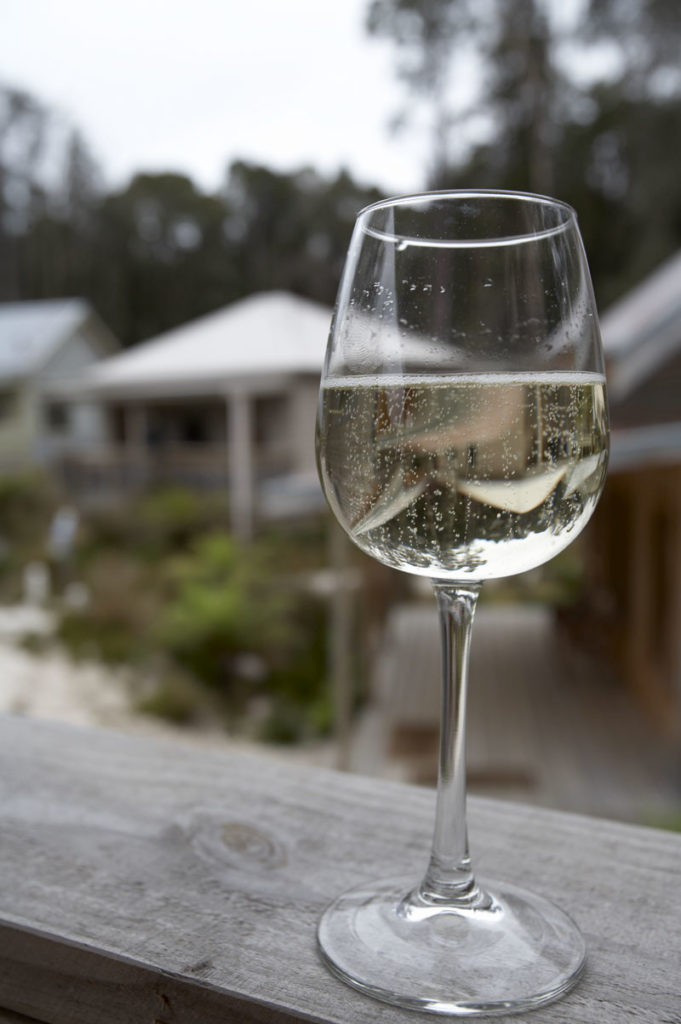
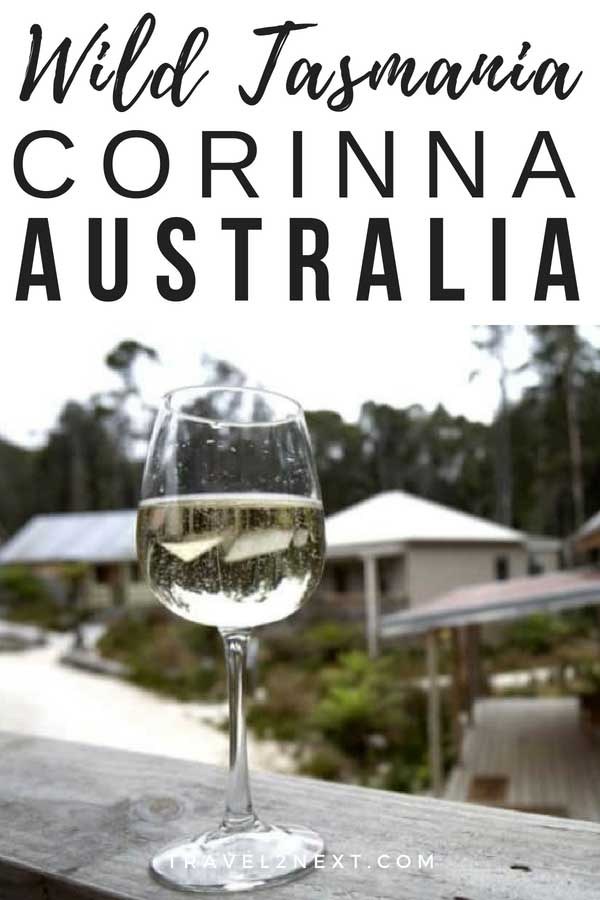
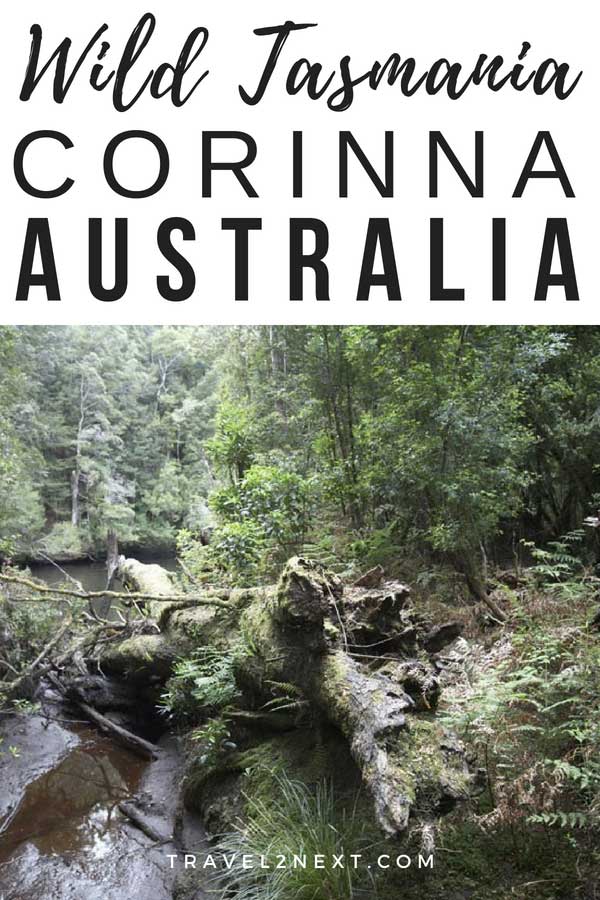
Plan Your Trip

Rent A Car – Find the best car rental rates at Discover Cars. They compare car hire companies to provide you with the best deal right now.

Find A Hotel – If you’re curious about this article and are looking for somewhere to stay, take a look at these amazing hotels.